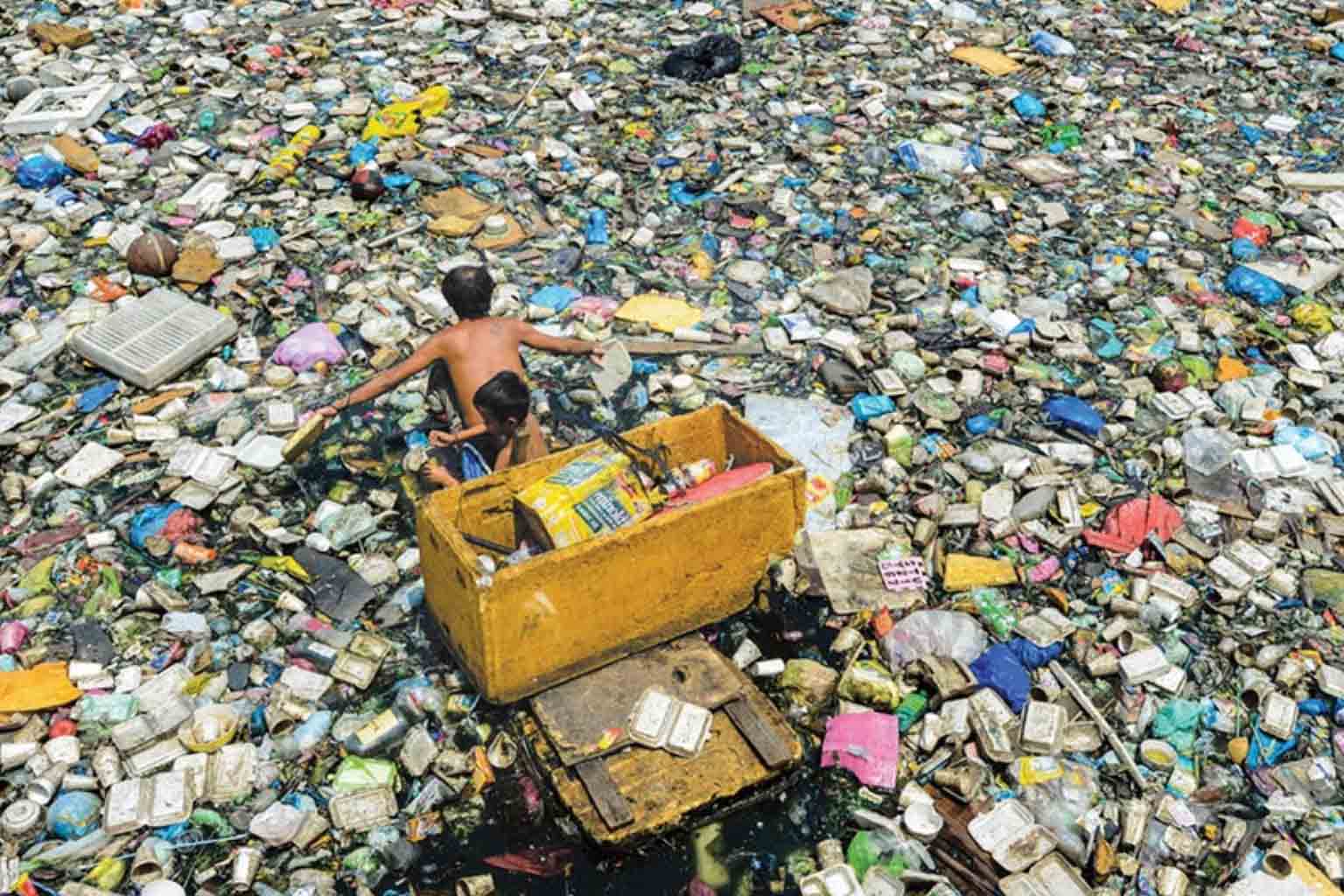Plastic, one of the most devastating things the planet has invented, takes thousands of years to decay. At each stage of the lifecycle of plastic, it poses unique risks to human health and life, the risks posing out both from exposure to plastic particles as well as associated chemicals.
Stages of Plastic Lifecycle
Across the world, people are exposed to this element, at multiple stages of this lifecycle:
- Extraction and transportation of plastic
This phase releases enormous toxic substances into the atmosphere and water, intake of which causes severe health impacts like cancer, neurotoxicity, reproductive and developmental toxicity, and impairment of the human immune system.
- Refining and production of plastic additives
This phase releases carcinogenic and other toxic substances into the atmosphere, thus affecting human health as impairment of the nervous system, reproductive, developmental problems, cancer, leukemia, and genetic impacts of children like low birth weight.
- Consumer products and packaging
The packaging phase leads to the ingestion or inhalation of micro-plastic particles and toxic substances.
Releases toxic substances along with heavy metals like lead and mercury, acid gases as well as particulate matter, which can enter the atmosphere, water, and soil and causes both direct and indirect health risks for plastic waste management and nearby communities.
- Fragmenting and microplastics
This enters the human body directly, leading to an array of health impacts like inflammation, oxidative stress, apoptosis, and necrosis. These conditions are linked to health conditions like cardiovascular diseases, cancer, and autoimmune conditions.
- Exposure due to plastic degradation
Degradation of plastic leaks toxic chemicals that are concentrated in plastic into the environment as well as human bodies.
With contamination of plastic in the food chains through agricultural soils, terrestrial, aquatic food chains, and water supplies, creates hazardous situations and health effects on being exposed to humans.
Things to Do
Finding alternatives to plastic and plastic products is the best thing to do to prevent plastic from affecting human health. Some of the things to do to avoid plastic include:
- Avoid heating food items in plastic containers or plastic wrap.
- Don’t let children use plastic teethers or toys
- Switch to natural fiber clothing, bedding as well as furniture
- Avoid any PVC and Styrene products
- Opt for bamboo straws in place of plastic straws in restaurants.
- Switch to a reusable bag while shopping. A plastic bag can take around 1,000 years to degrade.
- Opt for boxes instead of bottles.
- Reuse containers. Please don’t throw them, but put them into use.
- Opt for a reusable bottle for beverages.
- Opt for matches instead of disposable plastic lighters.
- Avoid buying frozen foods. Frozen foods are packaged in plastic.
- Avoid using plasticware at home
- Use cloth diapers instead of regular diapers to reduce the baby’s carbon footprint and also save money.
- Make freshly squeezed juice at home and opt for fruits instead of purchasing juice in plastic containers.
- Pack lunch in reusable containers. Also, go for fresh fruits and veggies in place of products that are offered in single-serving cups.
- Opt for a razor that comes with replaceable blades instead of using a disposable razor
Plastic Elements and Adverse Health Effects in Humans
Here are some of the many plastic elements and their adverse health effects on humans.
1. Polyvinyl Chloride
This causes cancer, congenital disabilities, genetic changes, chronic bronchitis, ulcers, skin diseases, deafness, vision failure, indigestion, and liver dysfunction
2. Phthalates
This causes endocrine disruption, asthma, developmental, and reproductive effects. Medical waste phthalates also cause adverse health effects like cancer, congenital disabilities, hormonal changes, declining sperm counts, infertility, endometriosis, and immune system impairment.
3. Polycarbonate, with Bisphenol A
Exposure of humans to low doses of bisphenol A causes cancers, impaired immune function, early onset of puberty, obesity, diabetes, and hyperactivity.
4. Polystyrene
This irritates the eyes, nose, and throat and can cause dizziness, unconsciousness, and elevated rates of lymphatic and hematopoietic cancers for workers. The element can also migrate into food and get stored in body fat.
5. Polyethylene
Suspected human carcinogen.
6. Polyester
This can cause eye and respiratory tract irritation as well as acute skin rashes.
7. Urea-formaldehyde
Formaldehyde is a suspected carcinogen and causes congenital disabilities and genetic changes. Inhaling formaldehyde can also cause cough, swelling of the throat, watery eyes, breathing problems, headaches, rashes, tiredness.
8. Polyurethane Foam
This causes bronchitis, coughing, skin as well as eye problems. It can release toluene diisocyanate, which can lead to severe lung problems.
9. Acrylic
This causes breathing difficulties, vomiting, diarrhea, nausea, weakness, headache, and fatigue.
10. Tetrafluoro-ethylene
This can irritate the eyes, nose, and throat and can cause breathing difficulties.
 Plastic Elements
Plastic ElementsIt is necessary to treat plastic as an efficient, reusable material rather than as a disposable commodity. This would make it more and hence decrease its production by a certain count. The plastic recycling message is simple, and both the plastic industry and society need to regard plastic as raw materials rather than waste items. There should be an increase in biodegradable plastic in the market, made from plants like corn and soy. Only this would be a bright step towards preventing plastic from affecting human health and the environment adversely.
Also Read; Plogging Is The Treat To Fitness and Environment

